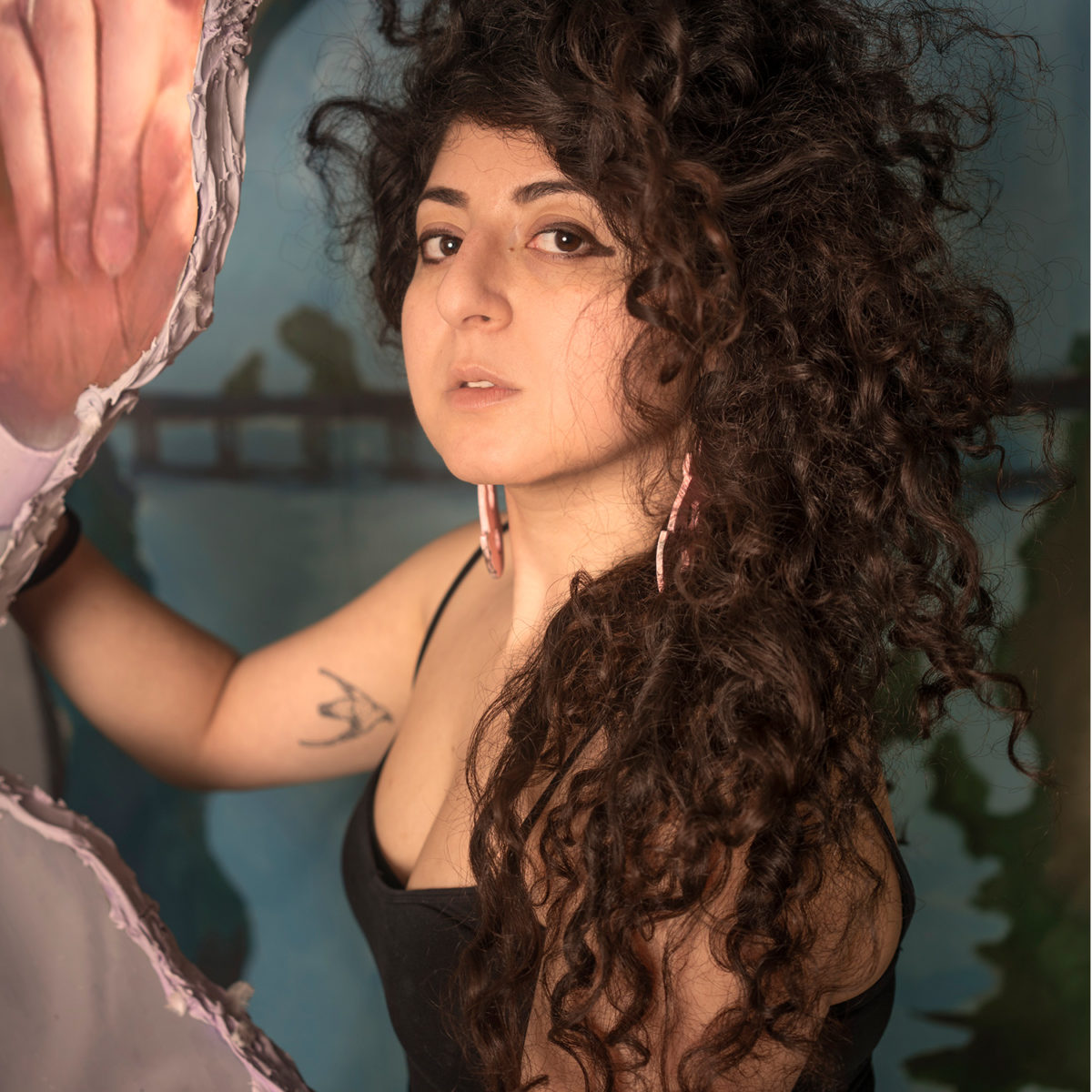
Born 1990 in Indianapolis, IN. Lives in Providence, RI.
(SHE/HER/HERS)
Sheida Soleimani is an Iranian-American artist, educator, and activist. The daughter of political refugees who escaped Iran in the early 1980s, Soleimani makes work that excavates the histories of violence linking Iran, the United States, and the Greater Middle East. In working across form and medium—especially photography, sculpture, collage, and film—she often appropriates source images from popular/digital media and resituates them within defamiliarizing tableaux. The composition depends on the question at hand. For example, how can one do justice to survivor testimony and to the survivors themselves (To Oblivion)? What are the connections between oil, corruption, and human rights abuses among OPEC nations (Medium of Exchange)? How do nations work out reparations deals that often turn the ethics of historical injustice into playing fields for their own economic interests (Reparations Packages)? In contrast to Western news which rarely covers these problems, Soleimani makes work that persuades spectators to address them directly and effectively. Soleimani is also an assistant professor of Studio Art at Brandeis University and a federally licensed wildlife rehabilitator.
Sheida Soleimani received her MFA from Cranbrook Academy of Art and her BFA from the University of Cincinnati. Her recent solo exhibitions include Ghostwriter at Edel Assanti (London, UK), Negotiators at Kunsthaus Photoforum Pasquart (Biel, Switzerland), Ghostwriter at Providence College Galleries (Providence, RI), Levers of Power at Silver Eye Centre for Photography (Pittsburgh, PA), Hotbed at Denny Dimin Gallery (New York, NY), Medium of Exchange at Southern Utah Museum of Art (Cedar City, UT) and CUE Art Foundation (New York, NY). Selected group exhibitions include the current Rising Sun: Artists in an Uncertain America at the Pennsylvania Academy of the Fine Arts (Philadelphia, PA), Eyes on Iran, a Four Freedoms and Vital Voices project at the Four Freedoms Park on Roosevelt Island (New York, NY), A Trillion Sunsets at the International Center of Photography (New York, NY), Immune Project at the Living Art Museum (Reykjavik, Iceland), Denunciation! at ACC Gallery (Weimar, Germany), the deCordova Biennial at the deCordova Museum of Art (Lincoln, MA), and Ecologies of Darkness at SAVVY Contemporary (Berlin, Germany). Soleimani is included in prestigious permanent collections including the Pennsylvania Academy of the Fine Arts (Philadelphia, PA) and the Massachusetts Institute of Technology’s List Visual Art Center (Cambridge, MA). Her work has been reviewed and featured in The New York Times, The Brooklyn Rail, Vogue, Artnet News, Boston Art Review, Hyperallergic, BOMB Magazine, ArtNews, The British Journal of Photography, Whitewall, and Art Asia Pacific. Sheida Soleimani is represented by Denny Gallery (New York), Edel Assanti (London, UK) and Harlan Levey Projects (Brussels, Belgium).

Sheida Soleimani grew up hearing about her parents’ political activism in Iran, and their eventual escape to the US to avoid persecution. Now, she’s sharing their stories in a new exhibit at the Museum of Fine Arts in Boston, Massachusetts. The World’s Bianca Hillier met Soleimani at the museum to learn more.

Sheida Soleimani grew up hearing about her parents’ political activism in Iran, and their eventual escape to the US to avoid persecution. Now, she’s sharing their stories in a new exhibit at the Museum of Fine Arts in Boston, Massachusetts. The World’s Bianca Hillier met Soleimani at the museum to learn more.
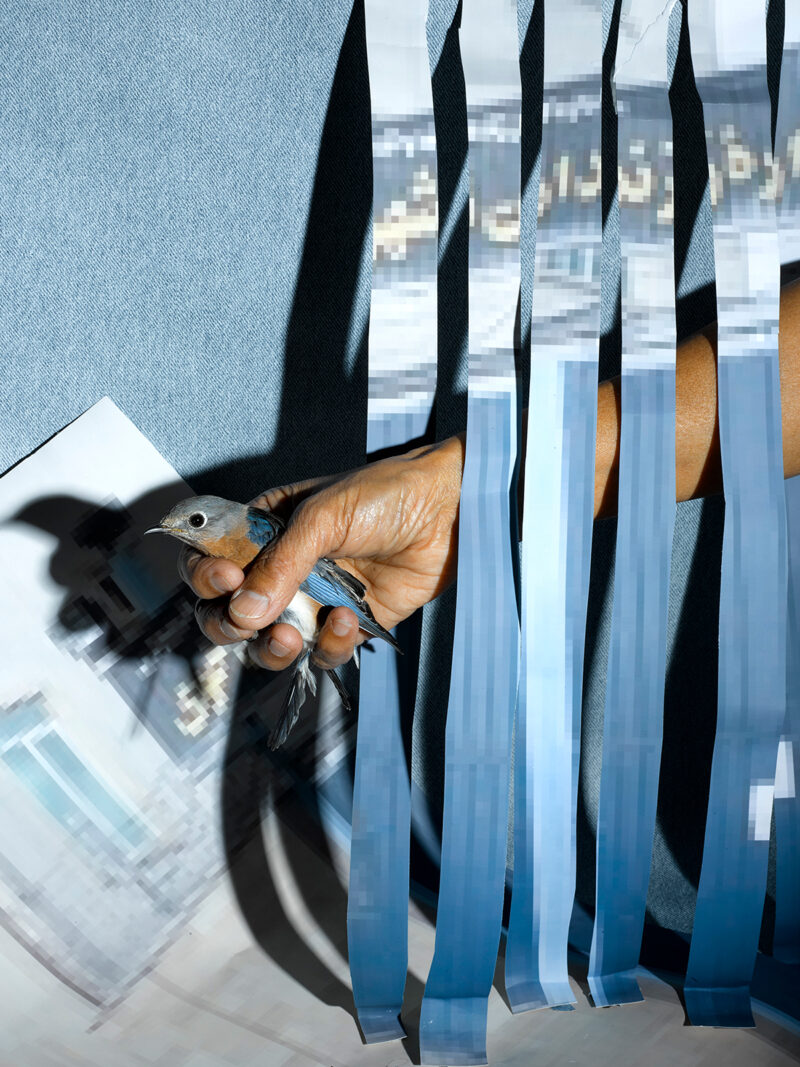
Artists to Watch This Month: 10 Solo Gallery Exhibitions to Seek Out in September in New York
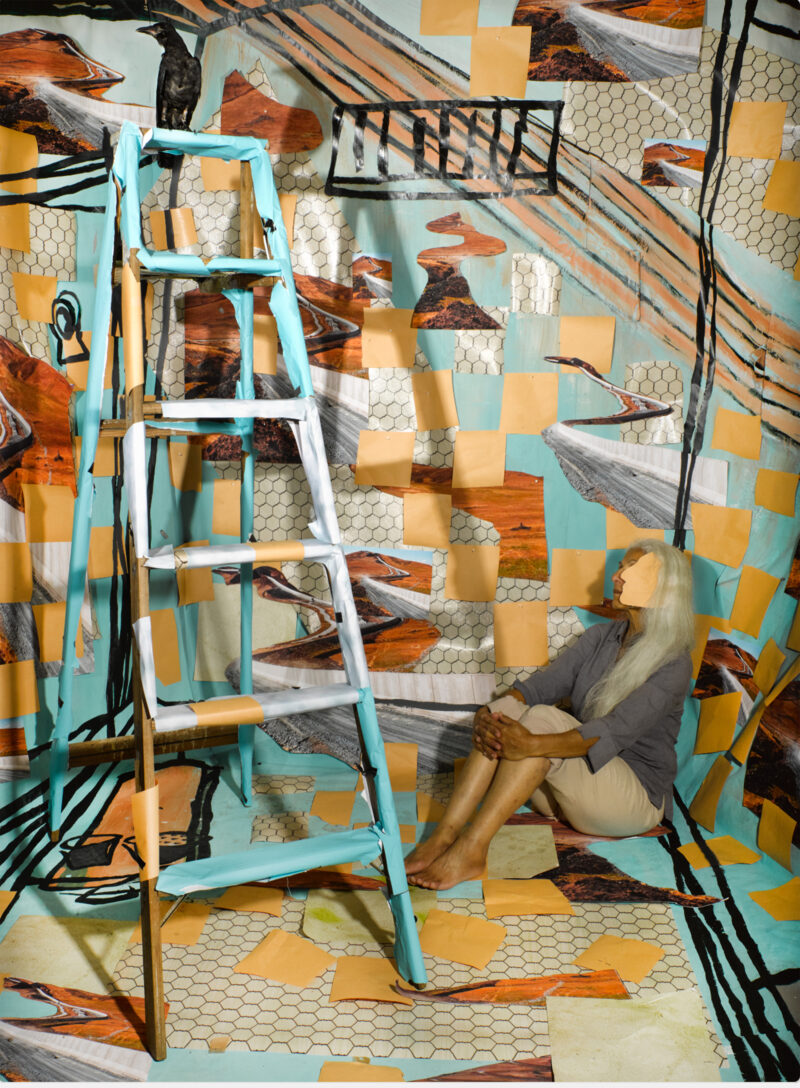
Using humor and satire in photographic assemblage, Sheida Soleimani highlights overlooked, misconstrued, and difficult themes that shape the human experience, examining in particular media representation of global issues.
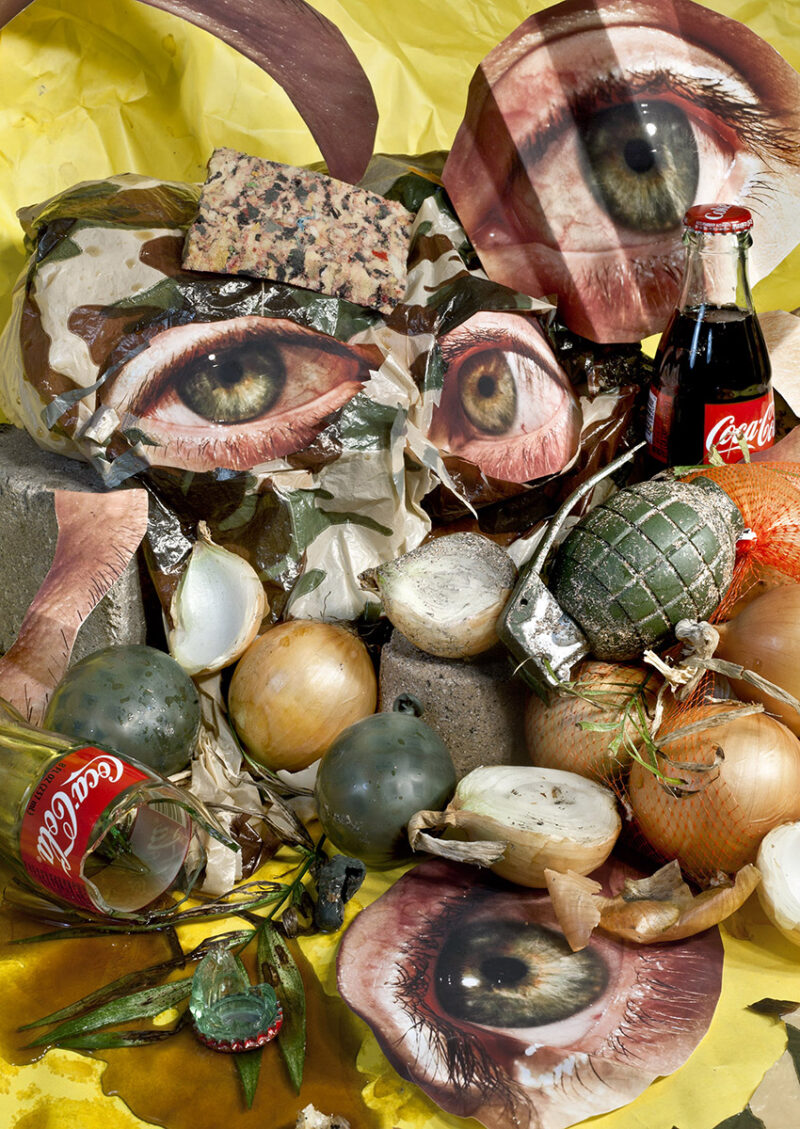
In her meticulously crafted and, at times, cryptic still lifes and tableaux, Soleimani exposes the strains in U.S. and Middle East relations, lays bare human rights violations, confronts dark chapters of state violence and oppression, and, more recently, navigates the somber nuances of revisiting painful family histories of resistance, exodus, and persecution.
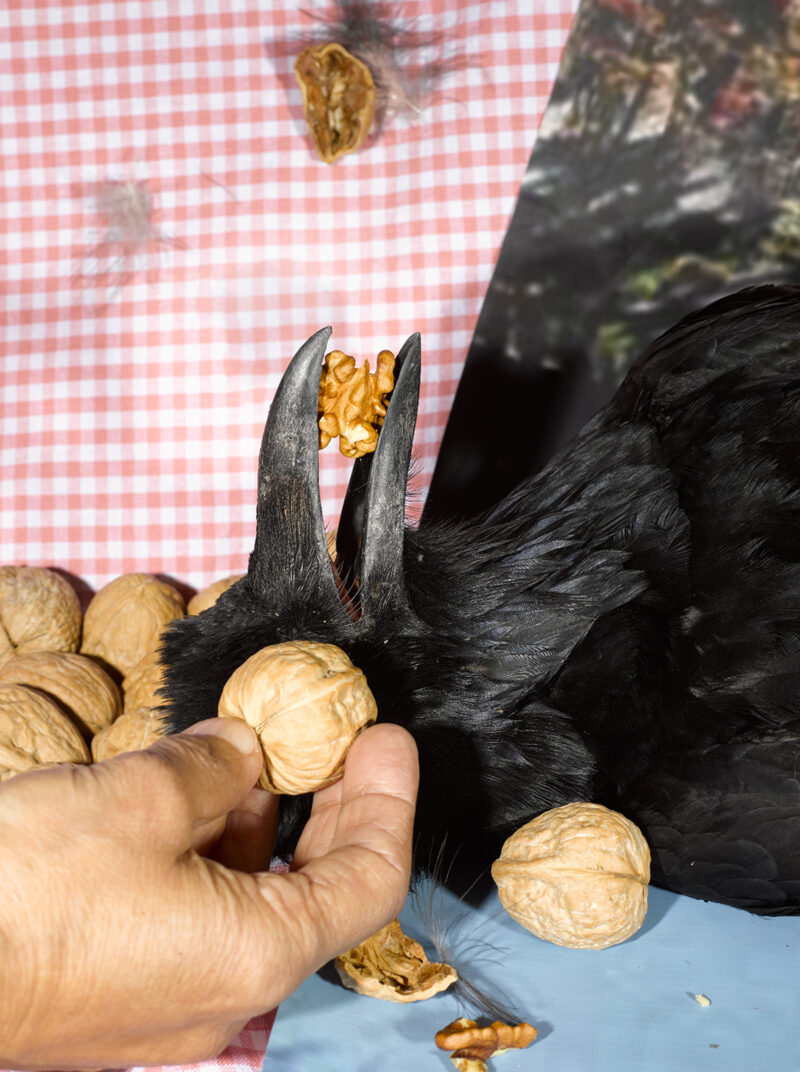
Sheida Soleimani’s work explores intersections of art and activism. She melds sculpture, performance, film and photography to highlight critical perspectives on events across the Middle East, unpicking the complex power dynamics between the region and Western nations.
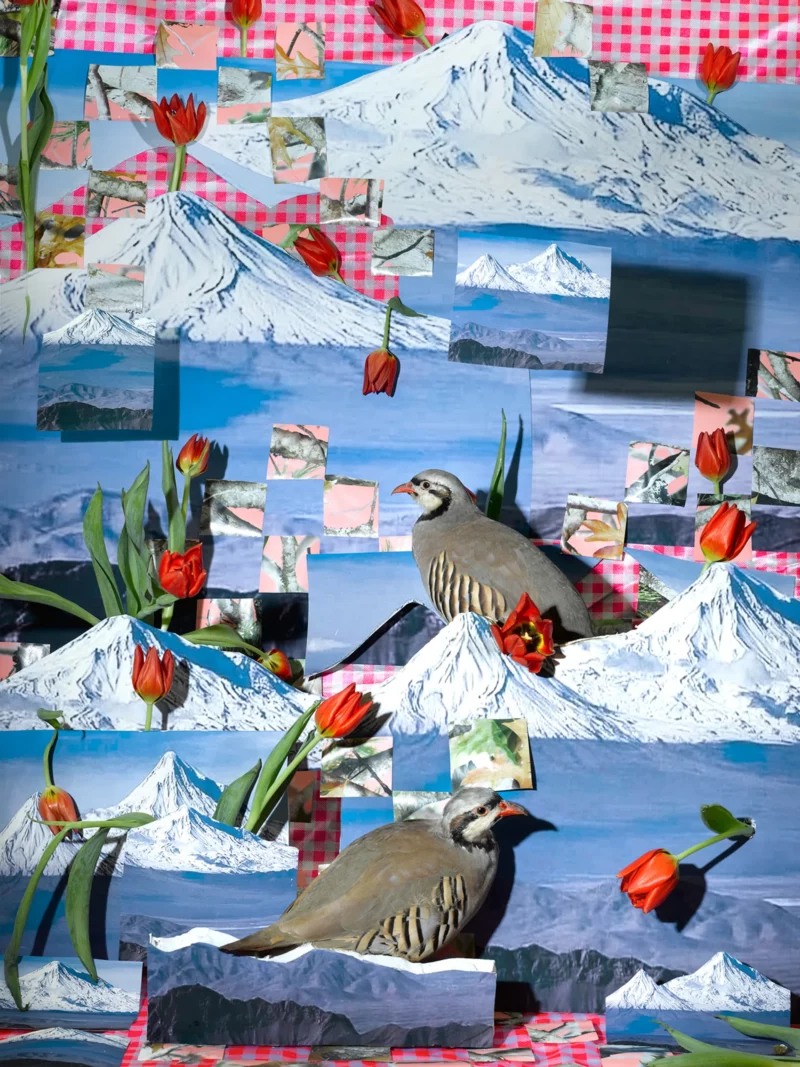
Sheida Soleimani is an Iranian-American multimedia artist, activist, and professor. Her innovative works in ‘constructed’ tableau photography spark dialogues on the intersection of art and protest, particularly emphasizing ongoing human rights violations in Iran.
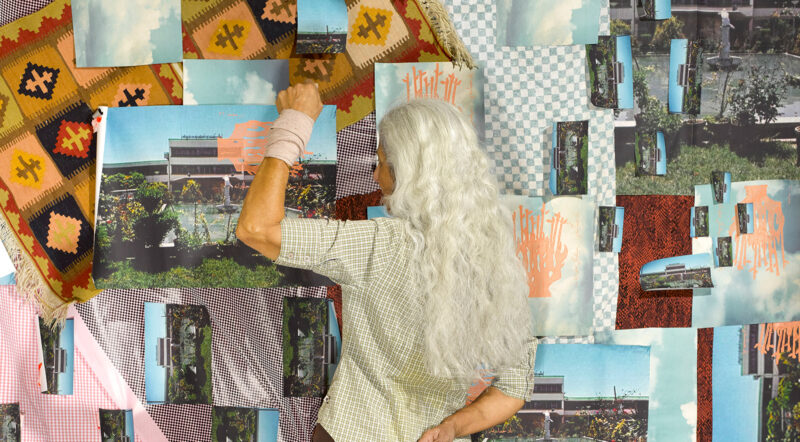
“Banner Project” is a new photography exhibit by Sheida Soleimani, who incorporates collage into her elaborate photo scenes.
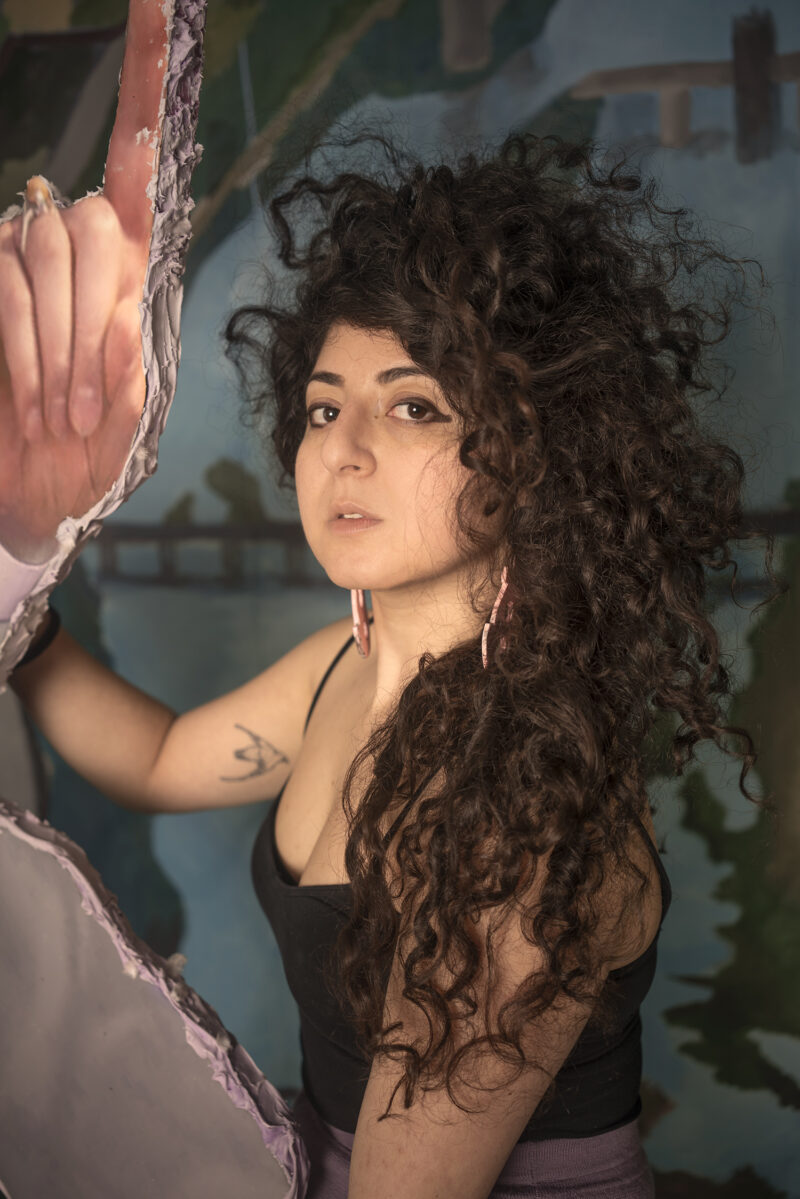
Iranian-American artist Sheida Soleimani tells her family history through her photography, after years of creating political works
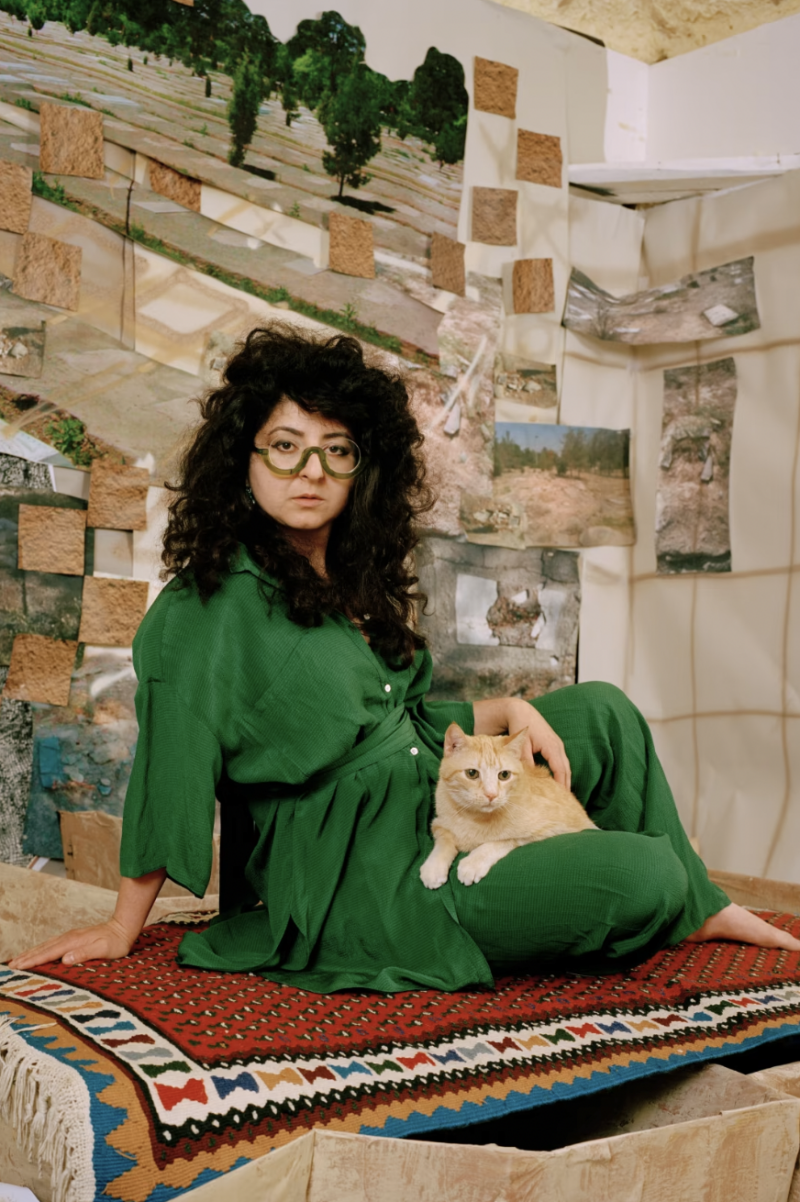
Photographer Sheida Soleimani’s sumptuous collages reveal dark truths about exile and trauma
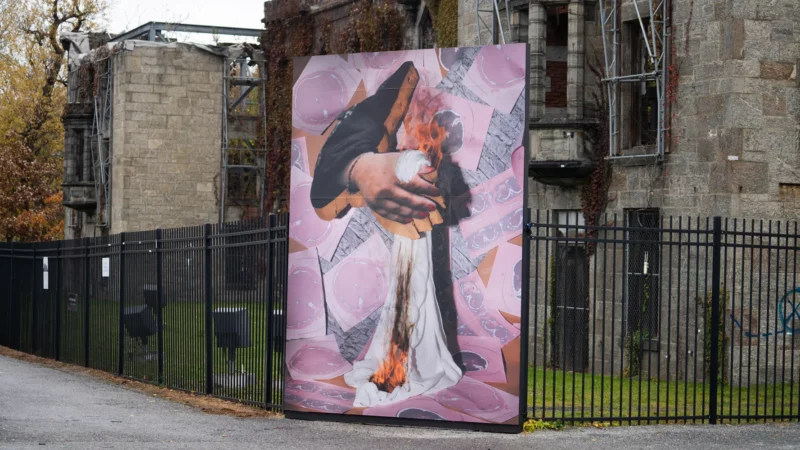
Sheida Soleimani’s Mahsa (2022) is part of the artist’s “Levers of Power” series, which has documented tensions in and between Iran and the U.S. through the body language and gesture since the Trump administration’s March 2020 assassination of Iranian military commander Qasem Soleimani.
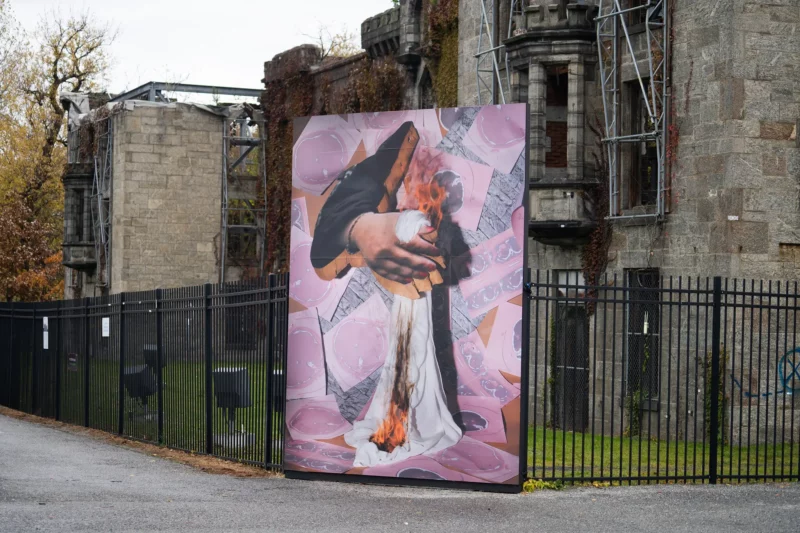
At the Franklin D. Roosevelt Four Freedoms State Park, across from the United Nations, an exhibition has an undeniable mood of urgency.
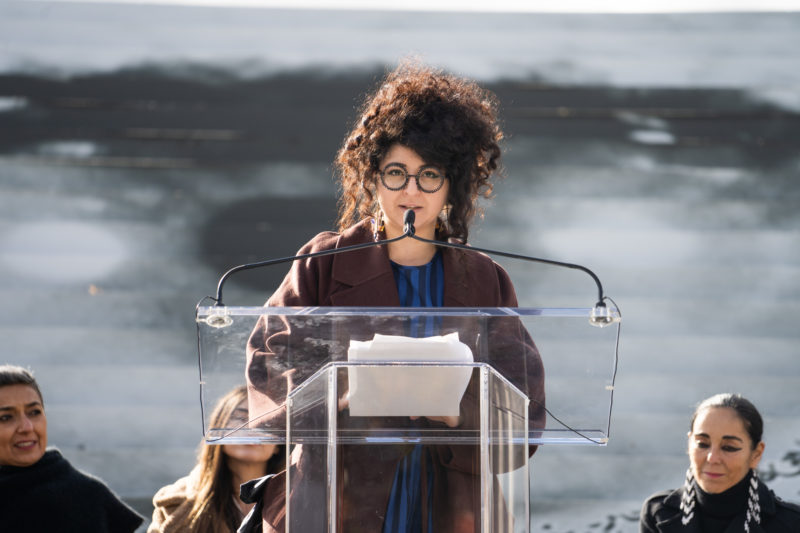
The New York installation was unveiled at an event featuring former U.S. Secretary of State Hillary Rodham Clinton, Human Rights Lawyer and Director of the Strategic Litigation Project at the Atlantic Council Gissou Nia, artists Sheida Soleimani and Shirin Neshat, actor and singer Sepideh Moafi and more at FDR Four Freedoms State Park with a performance by Grammy award-winner Jon Batiste.
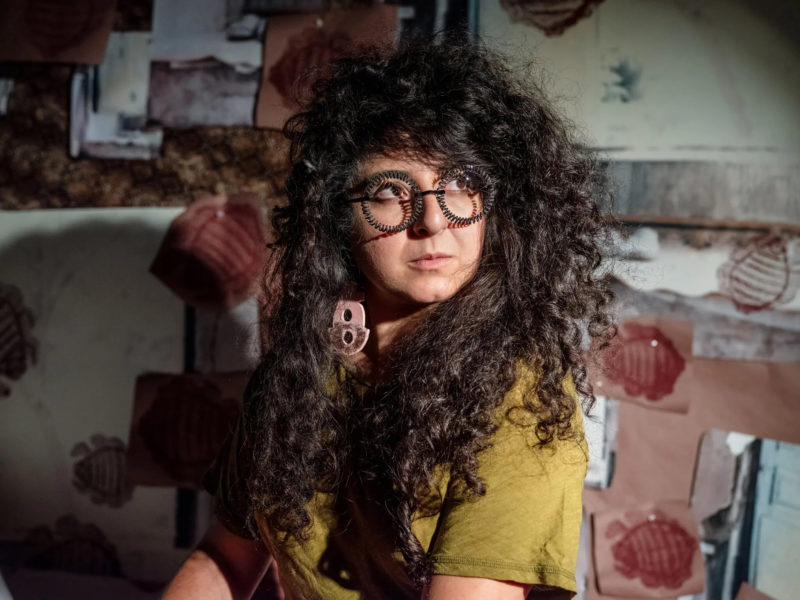
The artist’s home and studio in Providence, R.I., is, among other things, a wildlife clinic.
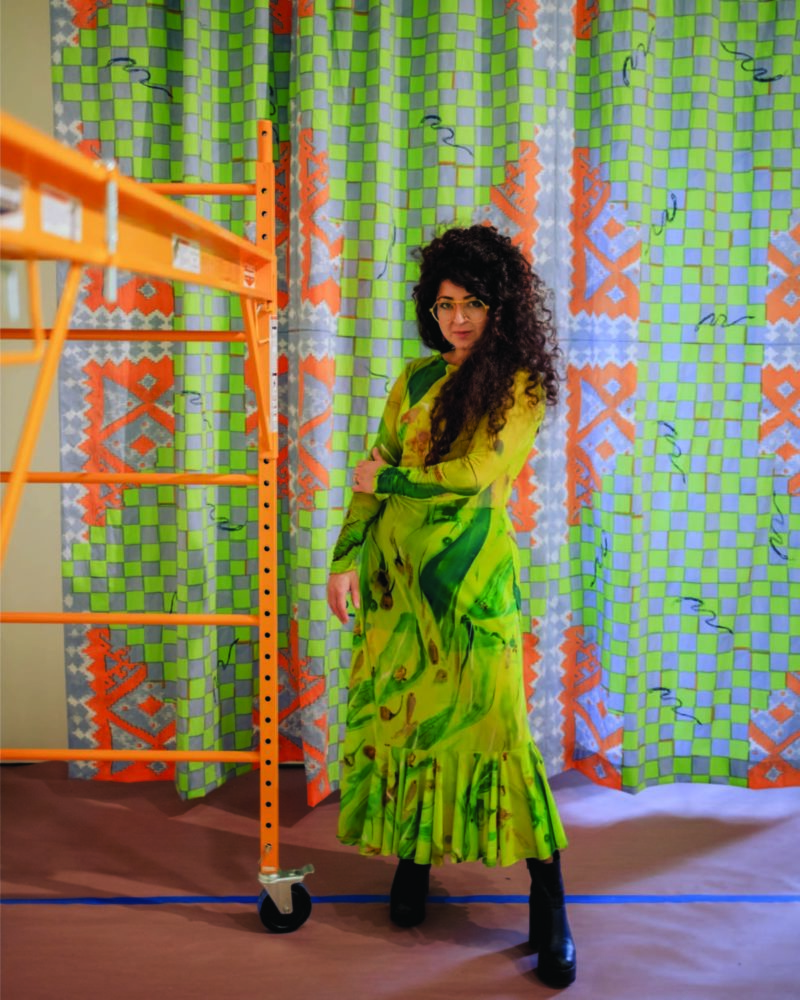
Sheida Soleimani in the Boston Art Review


As Soleimani’s work looks outward at the global petroleum industry or political corruption in the United States and Iran, it also encourages viewers to turn inward, confronting the assumptions and blind spots that they bring to her images. I spoke with Soleimani about putting evaders of justice in the aesthetic hot seat, making activist art outside of the sentimentalizing traditions of the genre, and rehabilitating wild birds.

Fine art photographer and trained bird and wildlife rehabber Sheida Soleimani voiced objections to an opening event at Jeffrey Deitch Los Angeles, which incorporated the release of live birds.
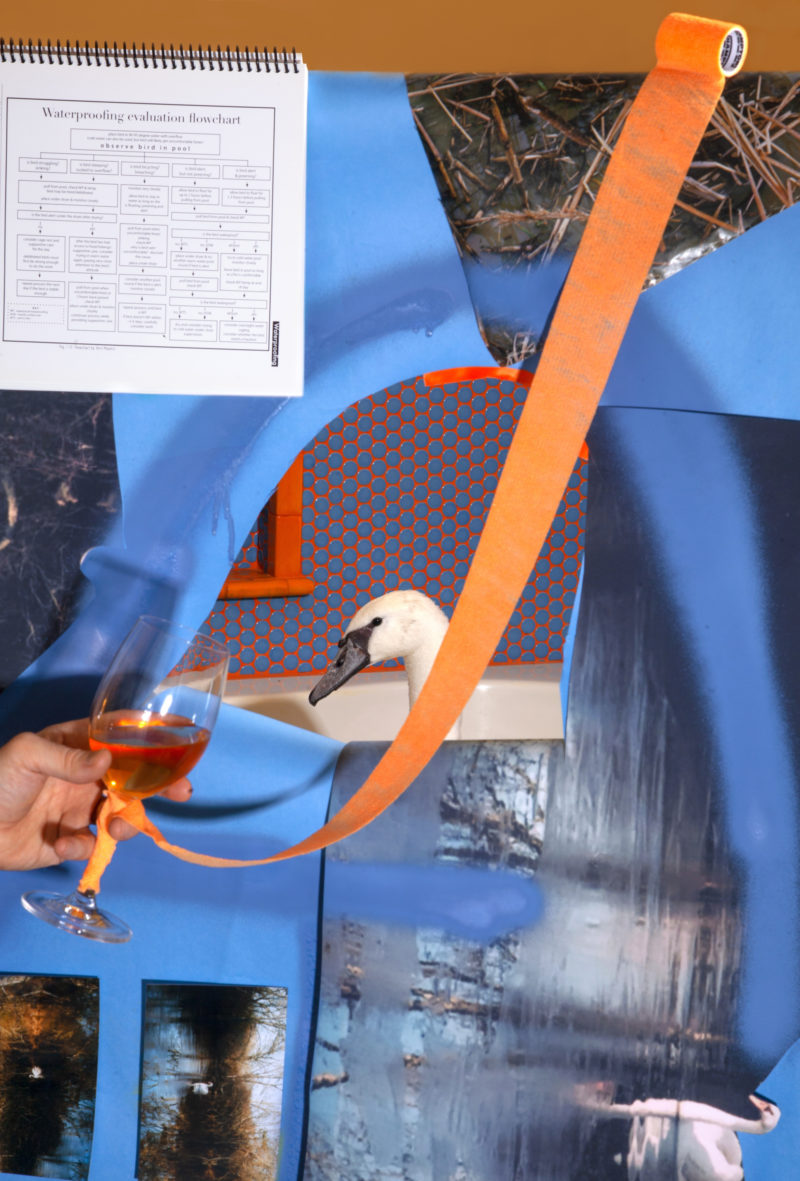
Soleimani started taking these photographs “to document these forays and efforts to explore whatever we were doing one week or another.”
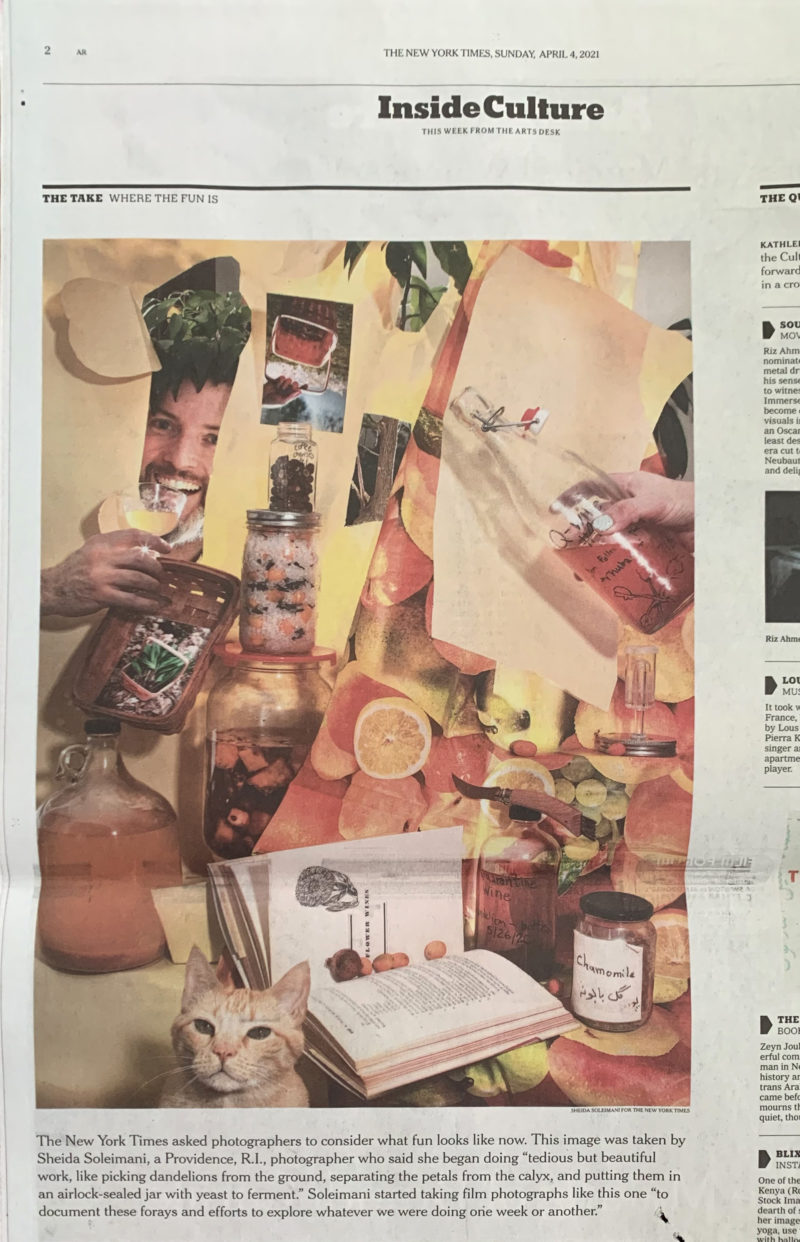
Sheida Soleimani was commissioned by the New York Times to consider what fun looks like now.
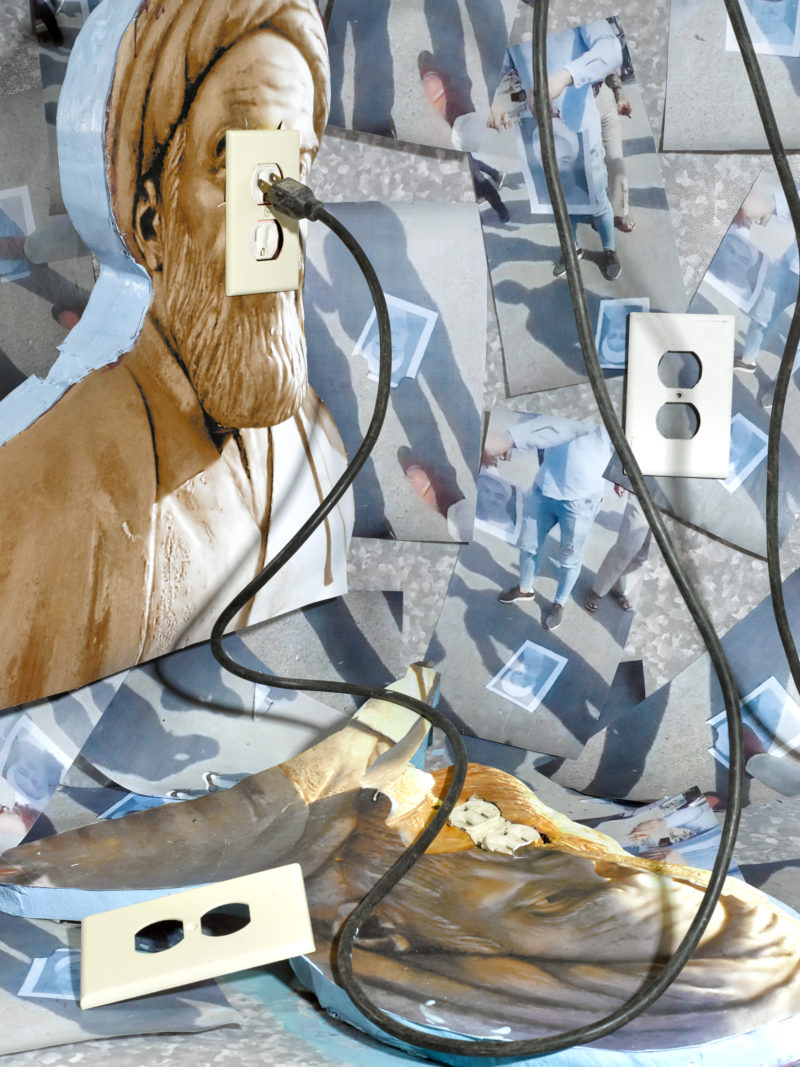
“I make photographs for a world in crisis.”
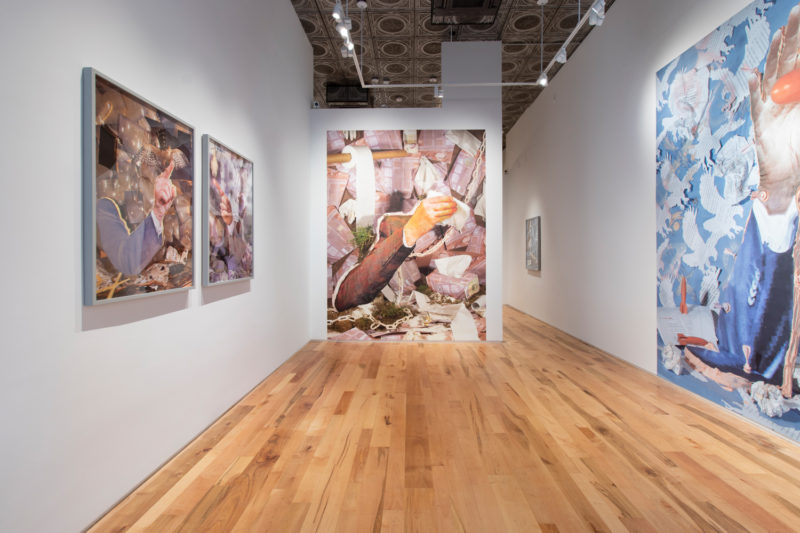
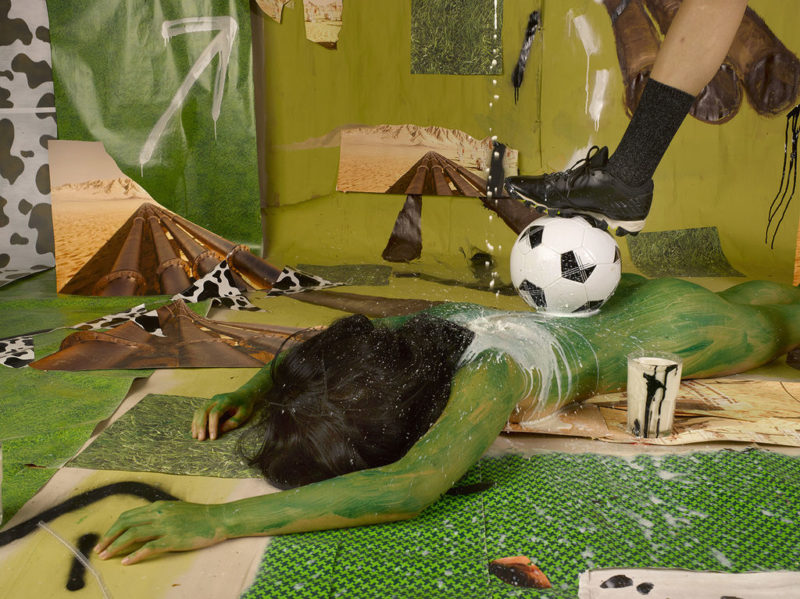
Soleimani’s use of bright colors and textured backgrounds draw the viewer into the conversation and ask us to spend time there. By suggesting rather than spelling out the violence she so often takes up, Soleimani maintains the privacy and agency of her subjects instead of probing into their pain.

As a photographer who captures images of elaborate stage-like sets, Sheida Soleimani is engaged with contradictory modes.

“Tracing Networks of Political Corruption in Sheida Soleimani’s Slick, Hyper-Stylized Tableaux” by Cassie Packard

The Iranian-American artist invites us into her converted, 19th century barn in Rhode Island, where politically charged installations co-exist with her hobby of rehabilitating injured wildlife.

Ms. Soleimani’s artworks are analogue, compositions of items arranged in her studio. Their premise, then, is epistemological as much as formal: Much of what we think we know is a distortion or an illusion.
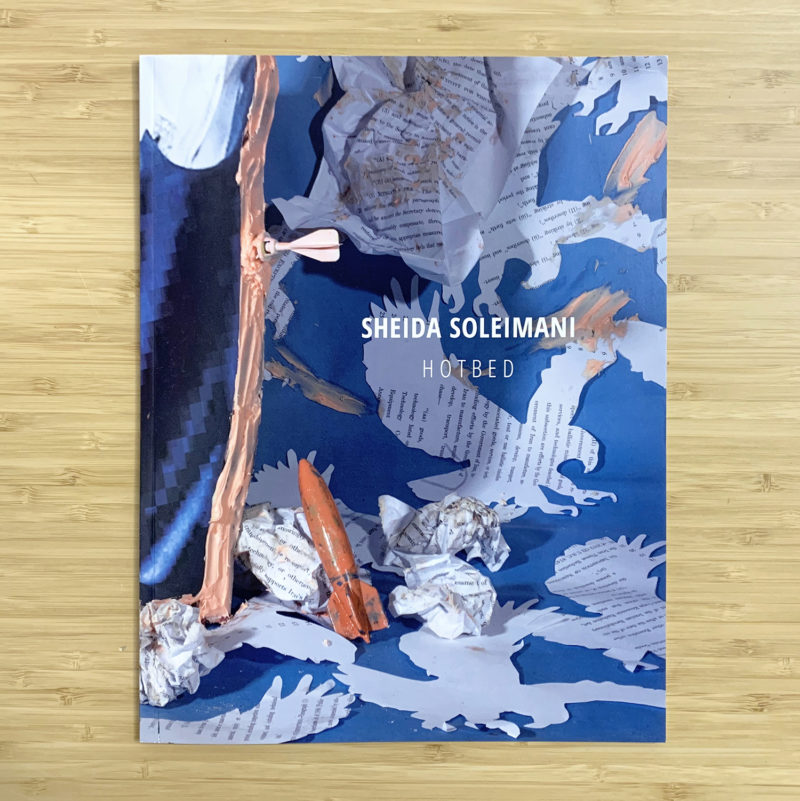
Exhibition catalog for Sheida Soleimani: Hotbed with essay by Jane Ursula Harris.
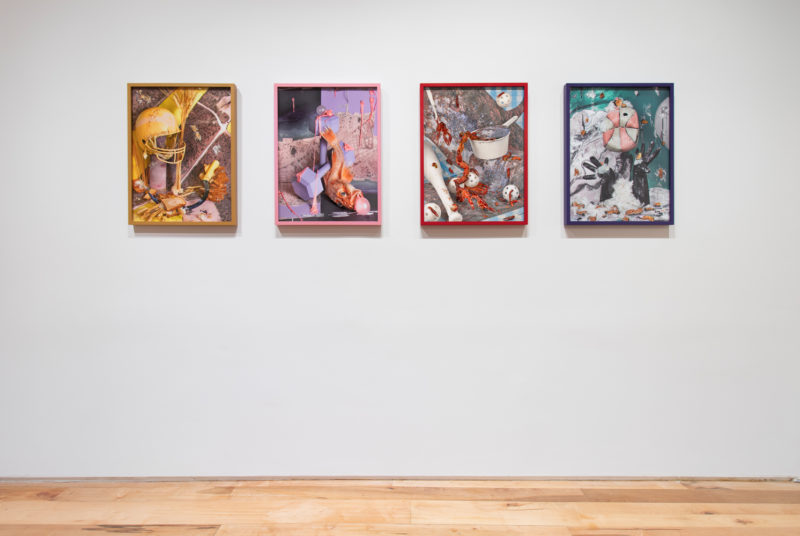
As a first gallery solo show in New York, this introduction to Soleimani’s work packs plenty of promising firepower. What’s exciting is that she’s boldly stepped into the fray of making overtly political art, and punched her way through with consistent intelligence and visual wit.
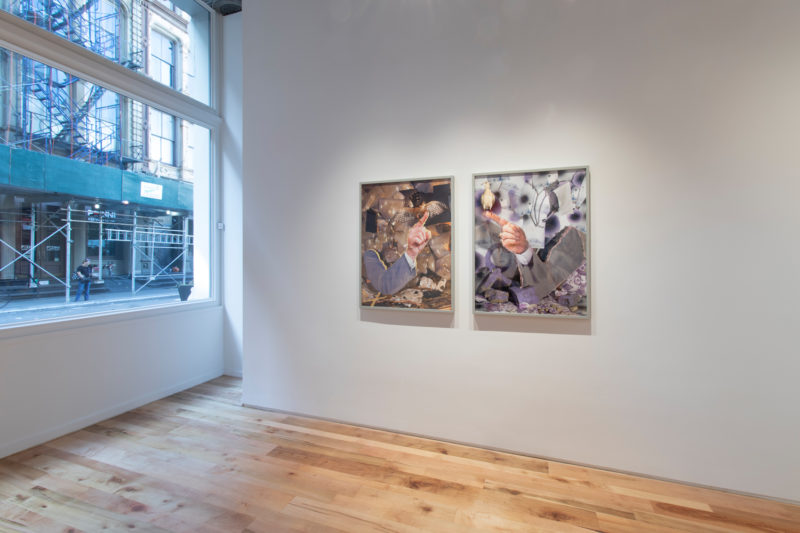
Join all the Tribeca Galleries on Saturday, December 5th from 11am-7pm for Tribeca Gallery Day!
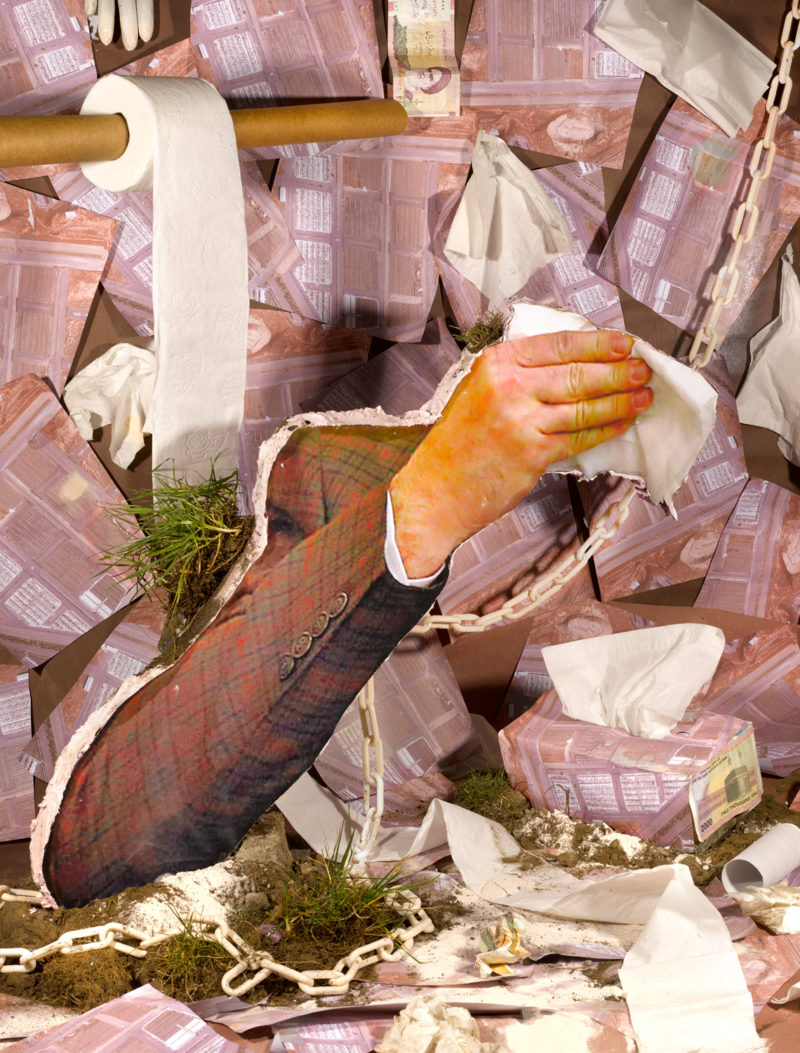
Speaking truth to the crises that define relations between Iran and the United States, Soleimani superimposes source imagery onto sculptural backdrops to reflect and critique hot-button issues such as demands for reparations, sanctions on trade and resources, and the “crude” history of the petroleum industry.
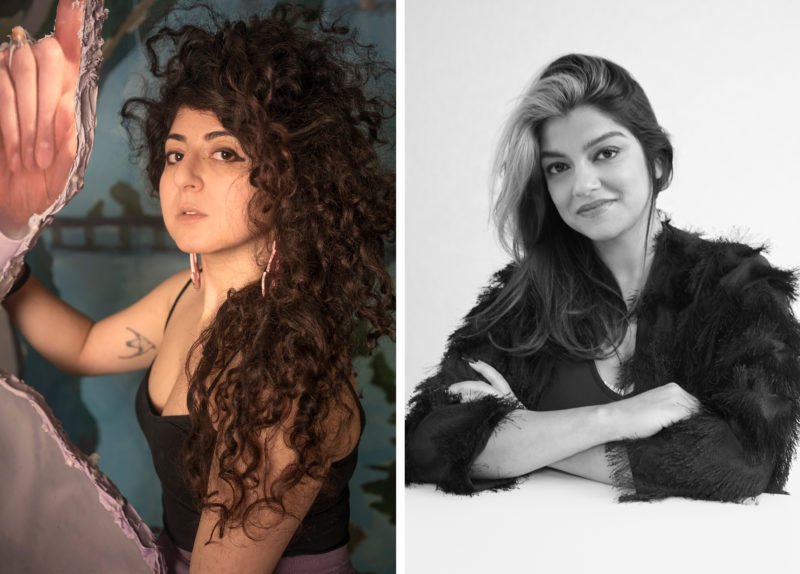
Join us over Zoom for a celebratory opening conversation of the exhibition, Sheida Soleimani: Hotbed. The online event will include a walkthrough, discussion of the work, and Q & A.
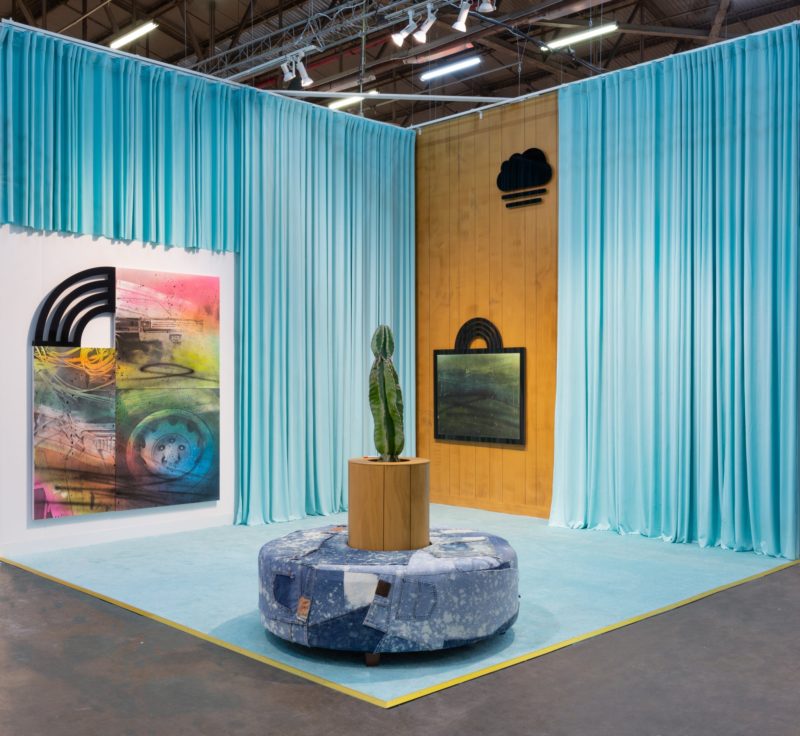
“I really love Wendy White’s exploration of Americana,” he said at the Los Angeles gallery Shulamit Nazarian — where couches are upholstered with denim jeans — signaling to the newbie visitor that taste and enjoyment are valid criteria.